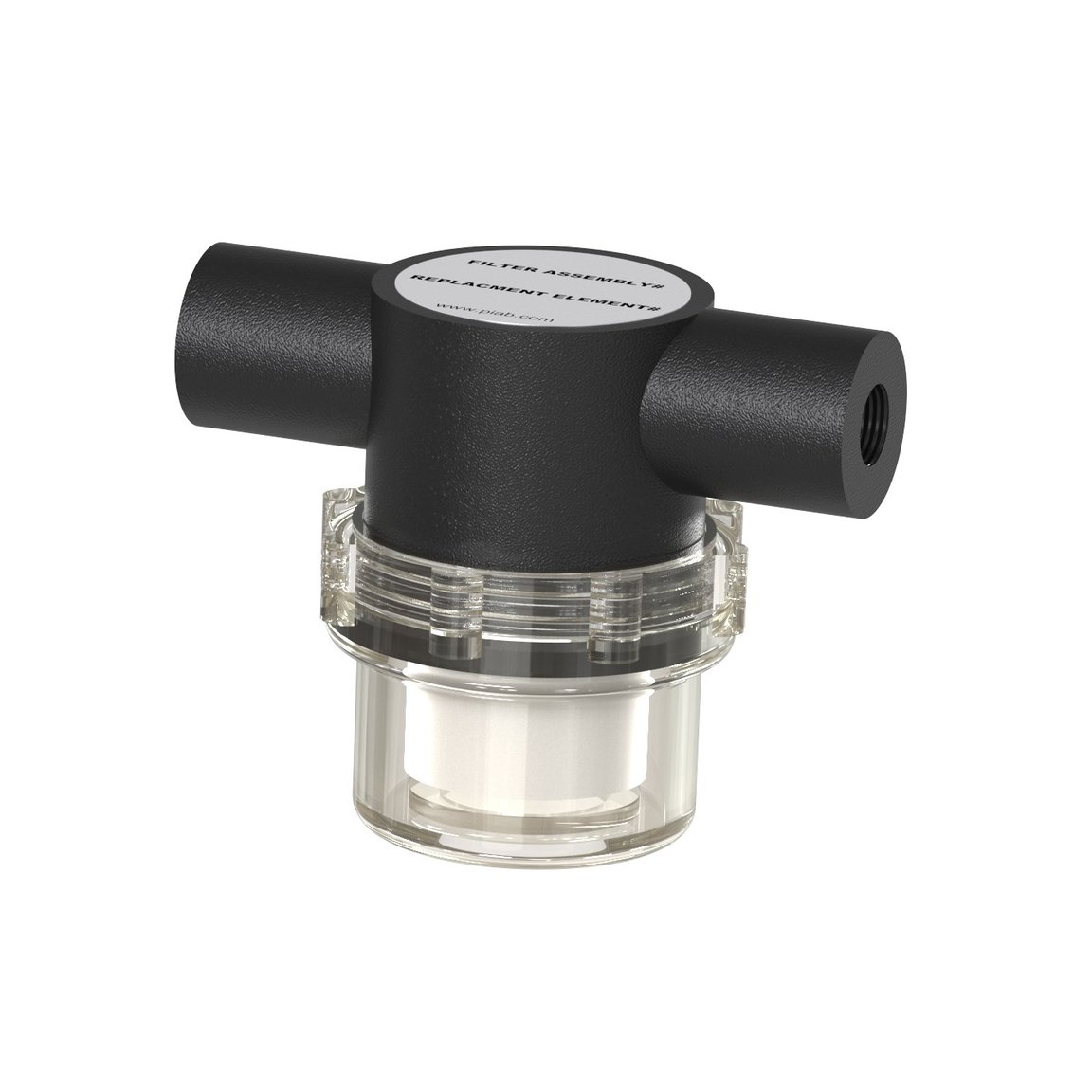
Número de artículo: 3116670
16 Variantes
Filtro de vacío G1/8" (10 µm)
Inicie sesión o cree una cuenta para acceder a todo nuestro contenido y funciones.
Variantes
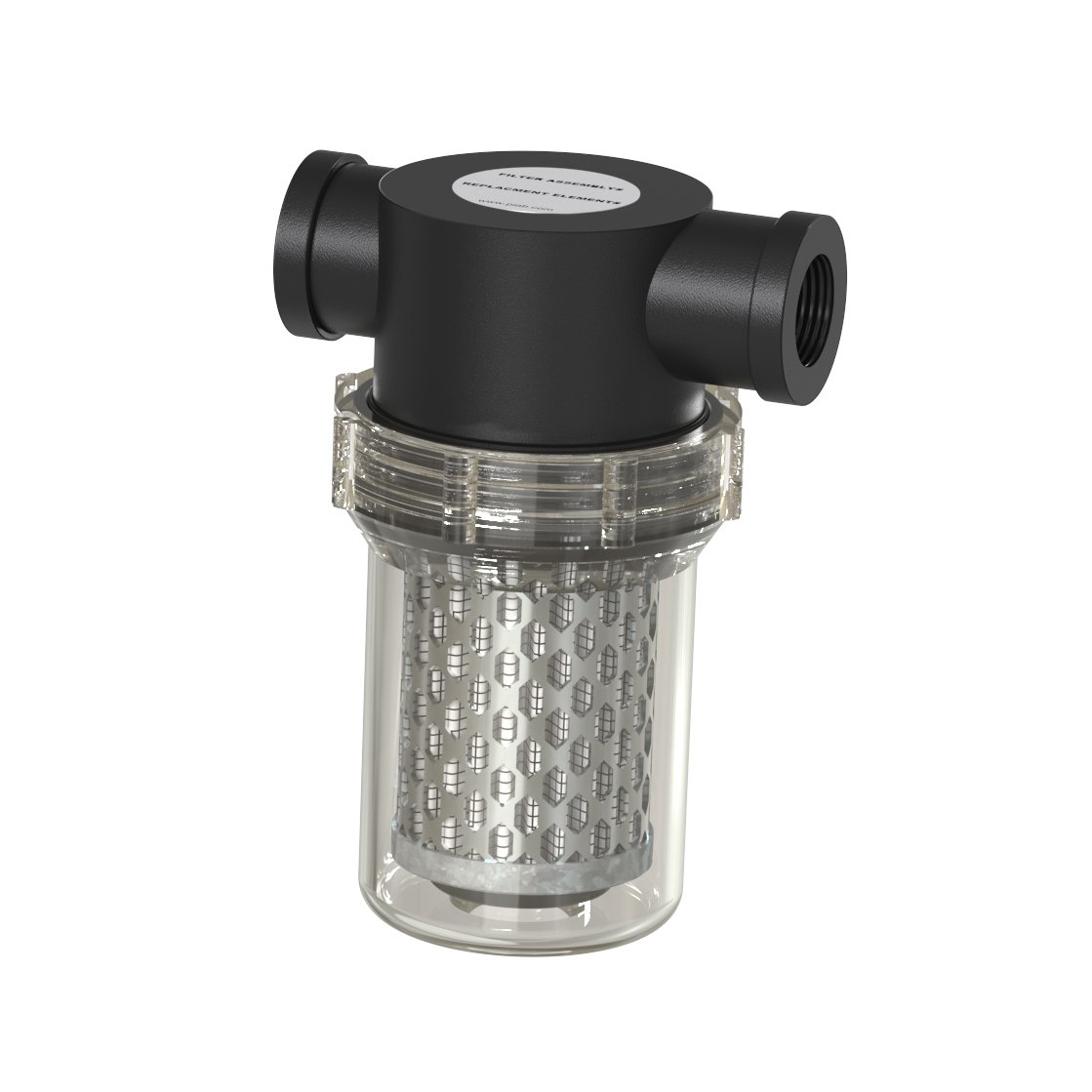 0110521
0110521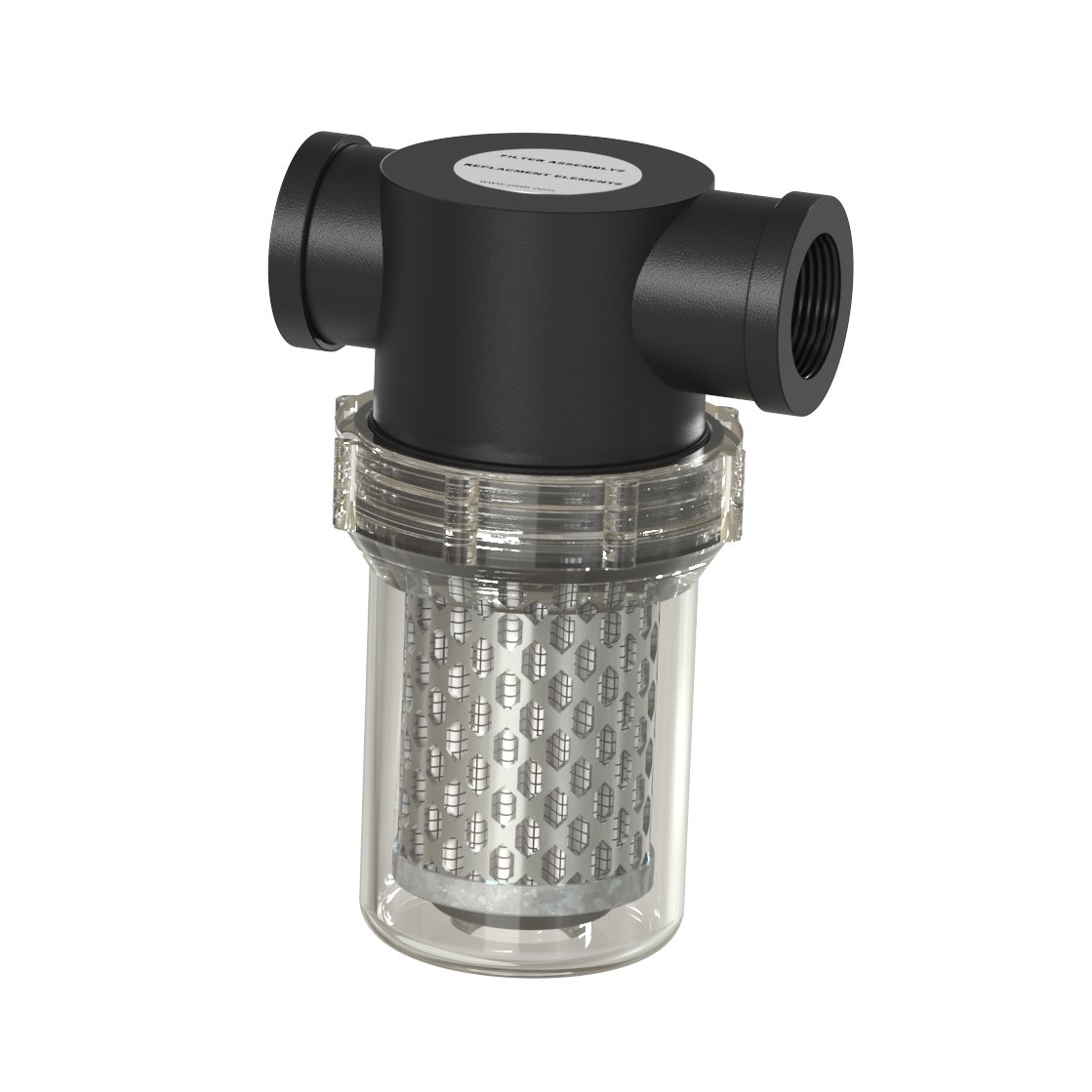 0110522
0110522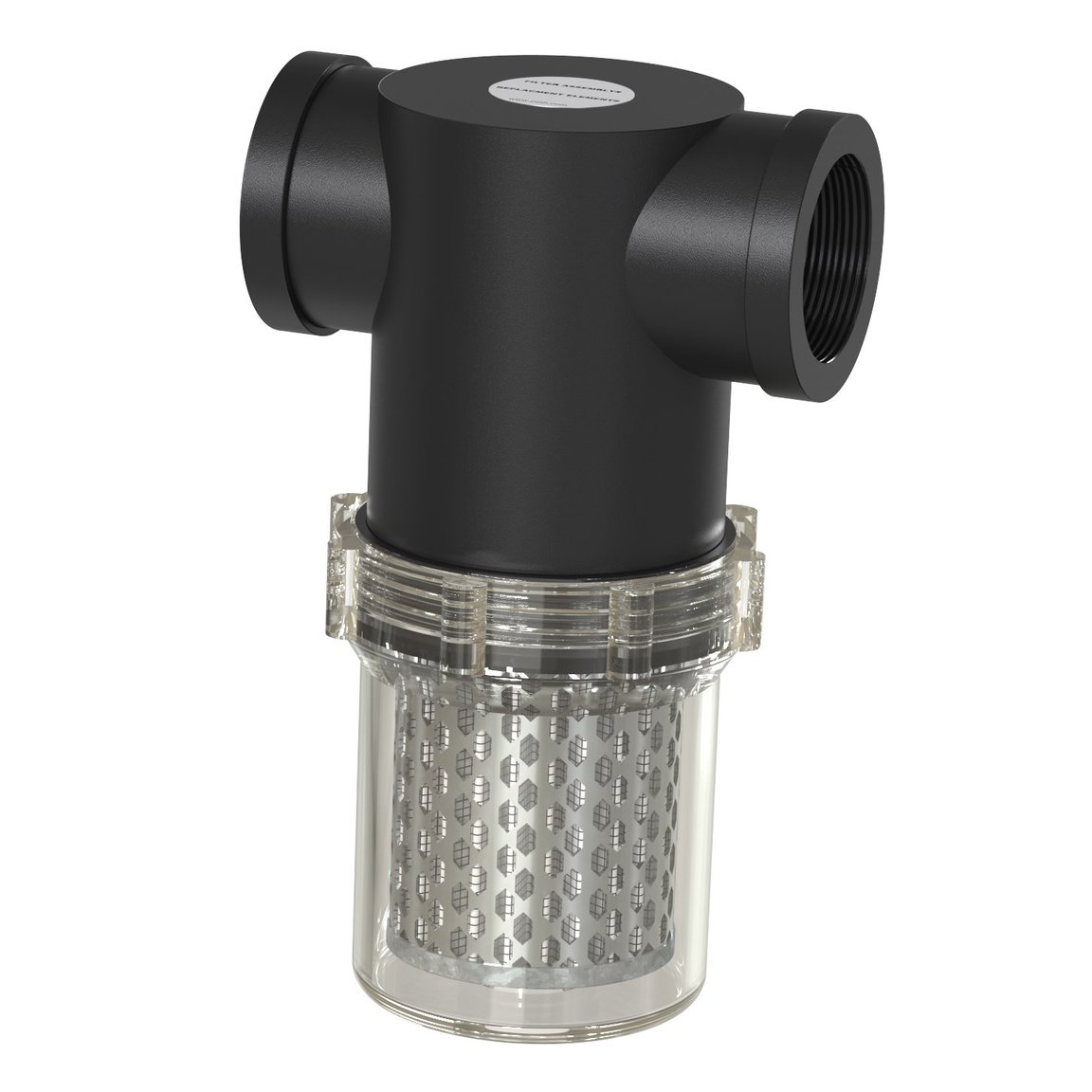 0110523
0110523 3116670
3116670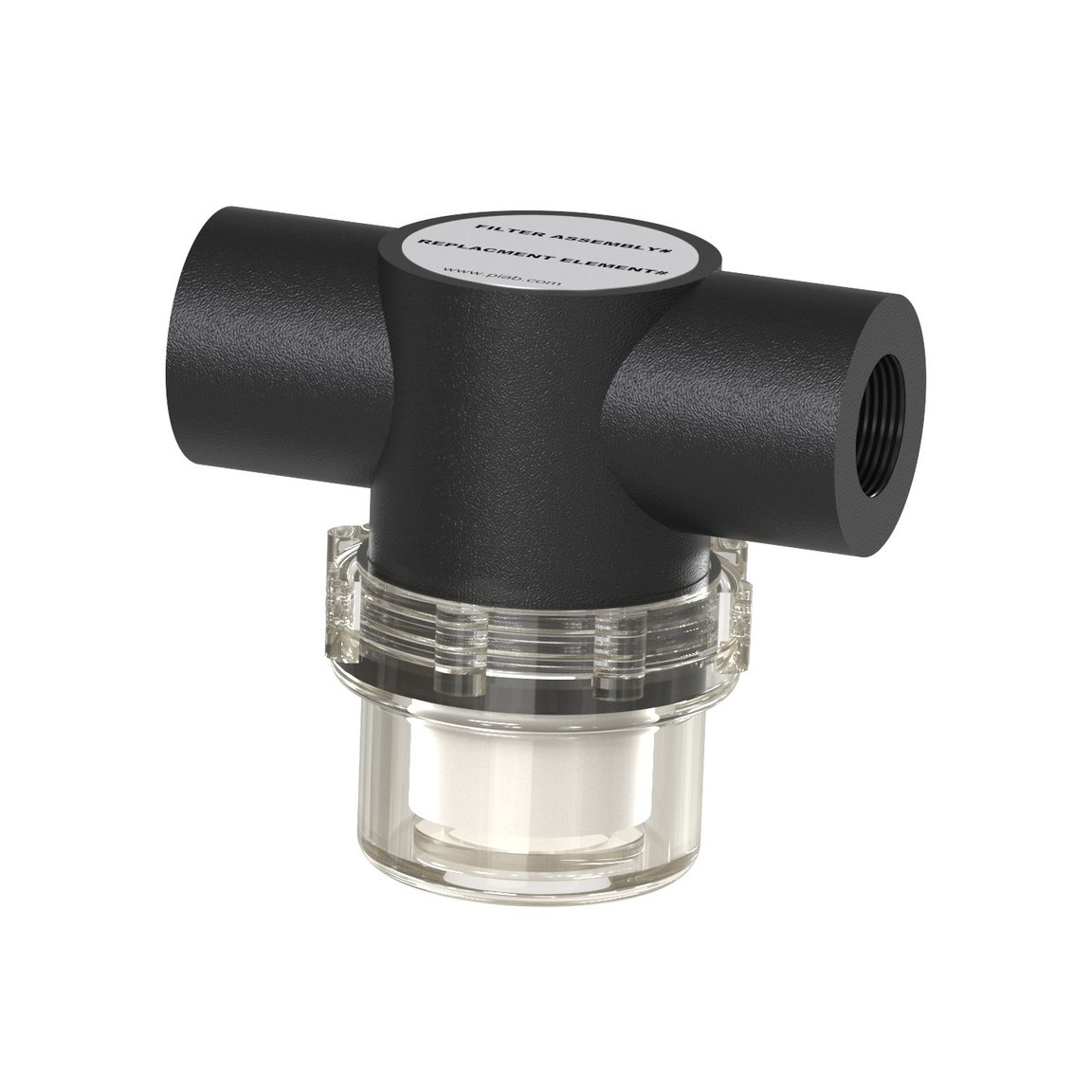 3116671
3116671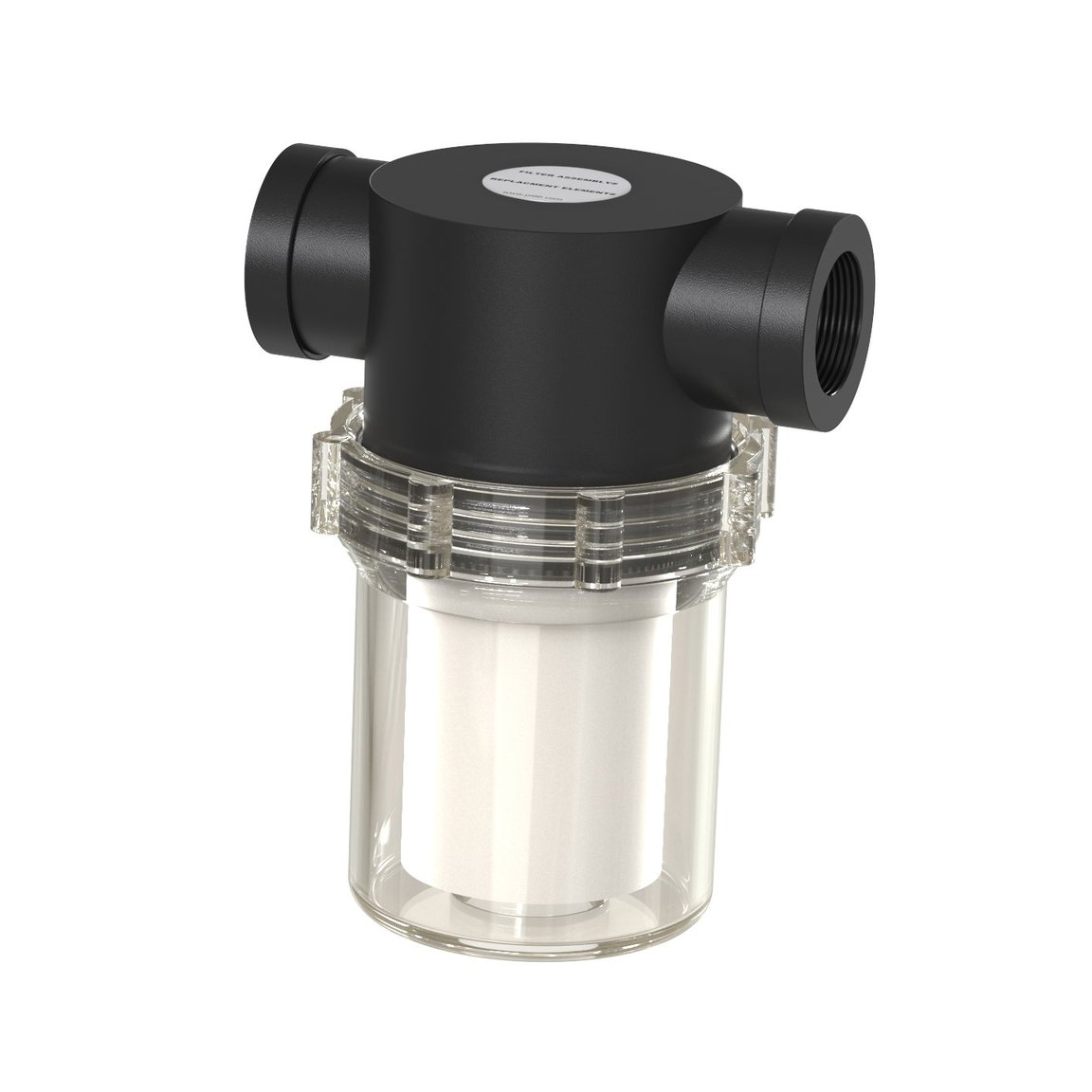 3116672
3116672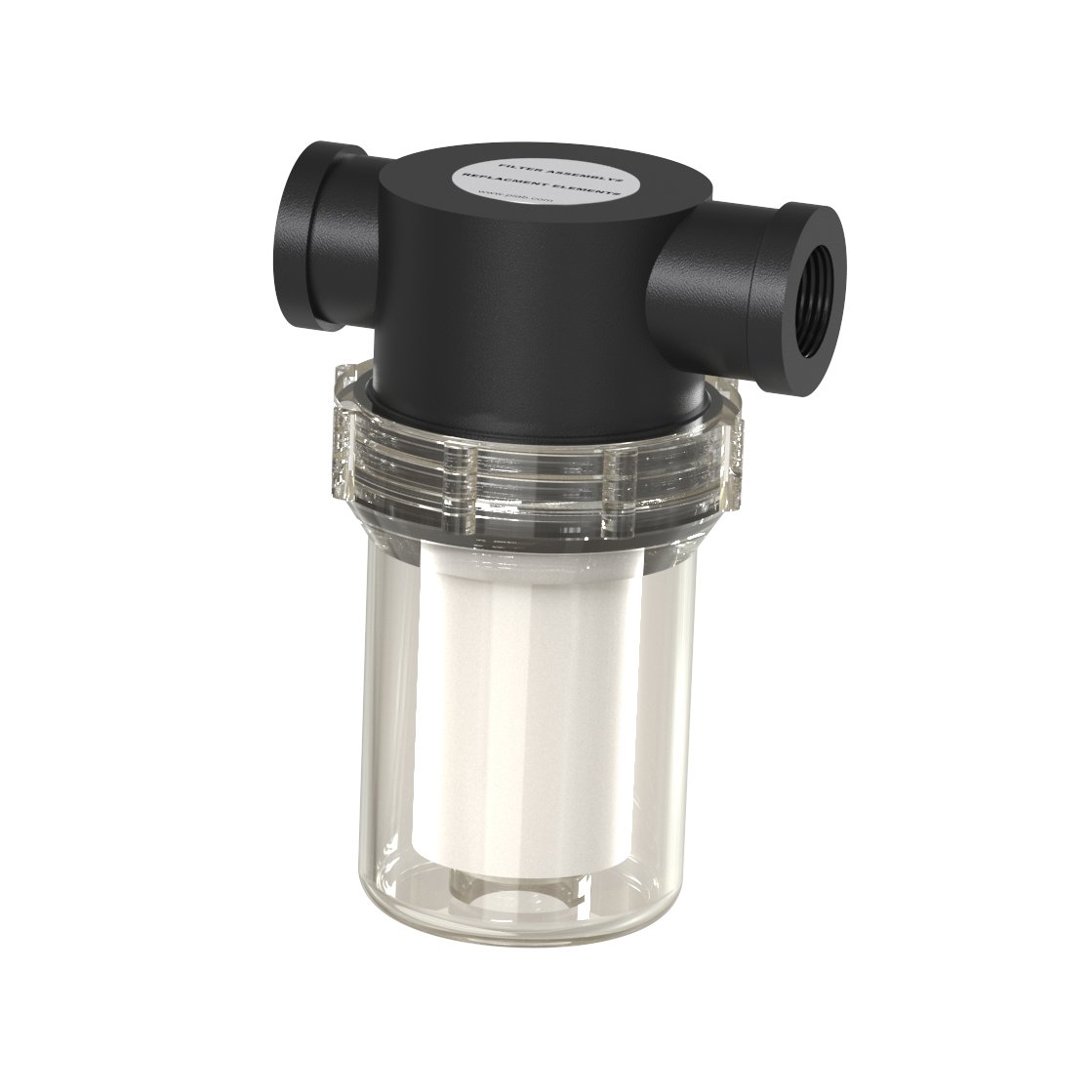 3116651
3116651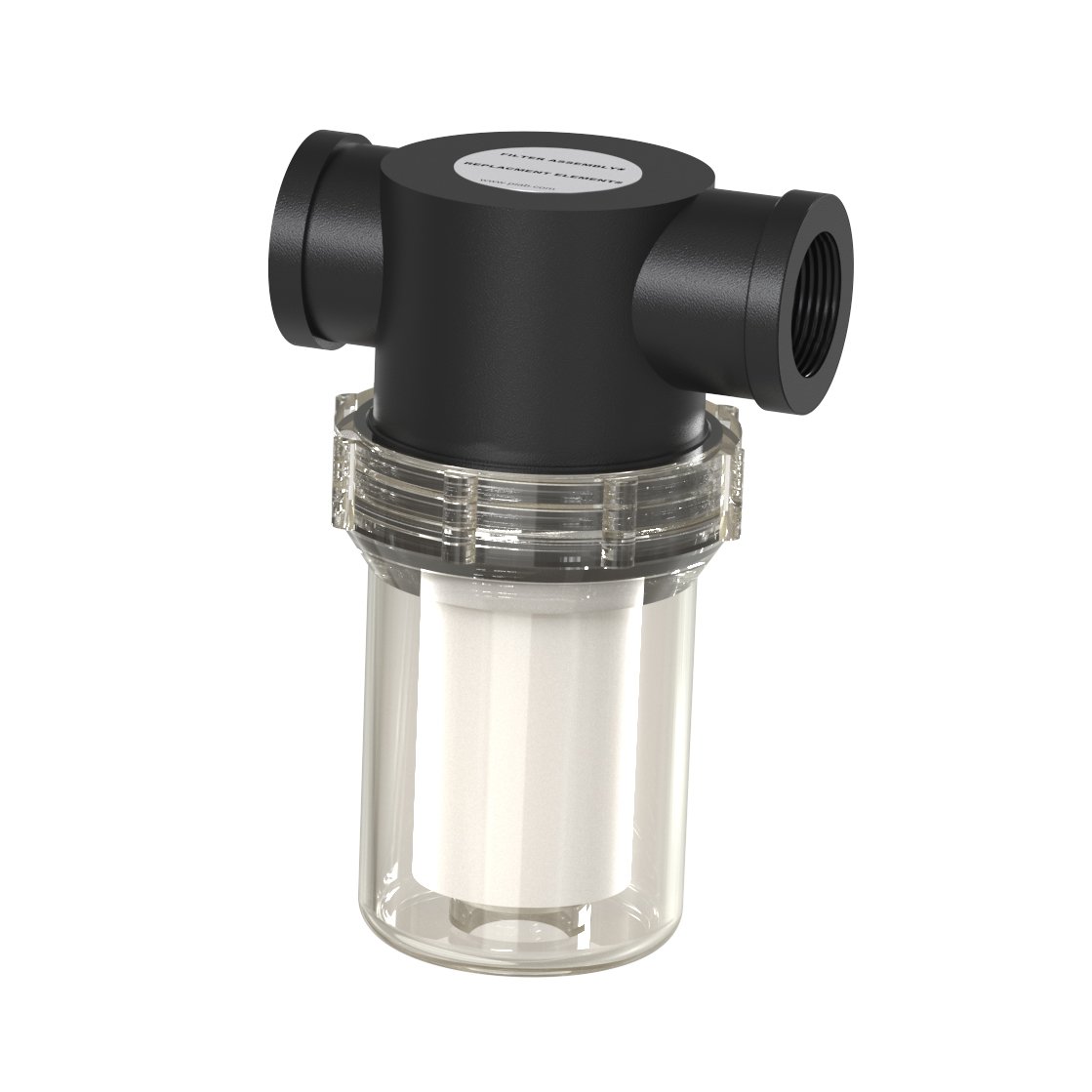 3116652
3116652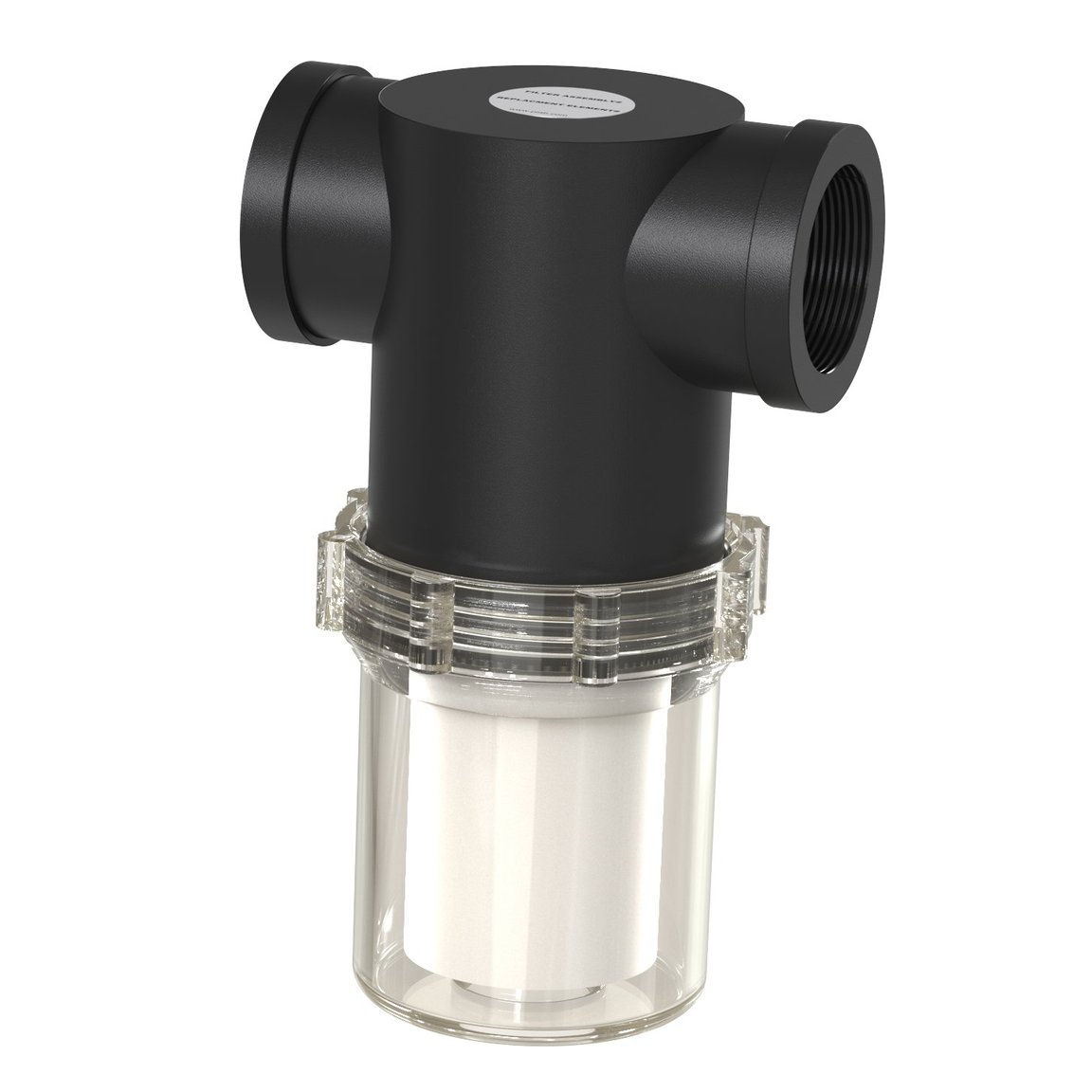 3116653
3116653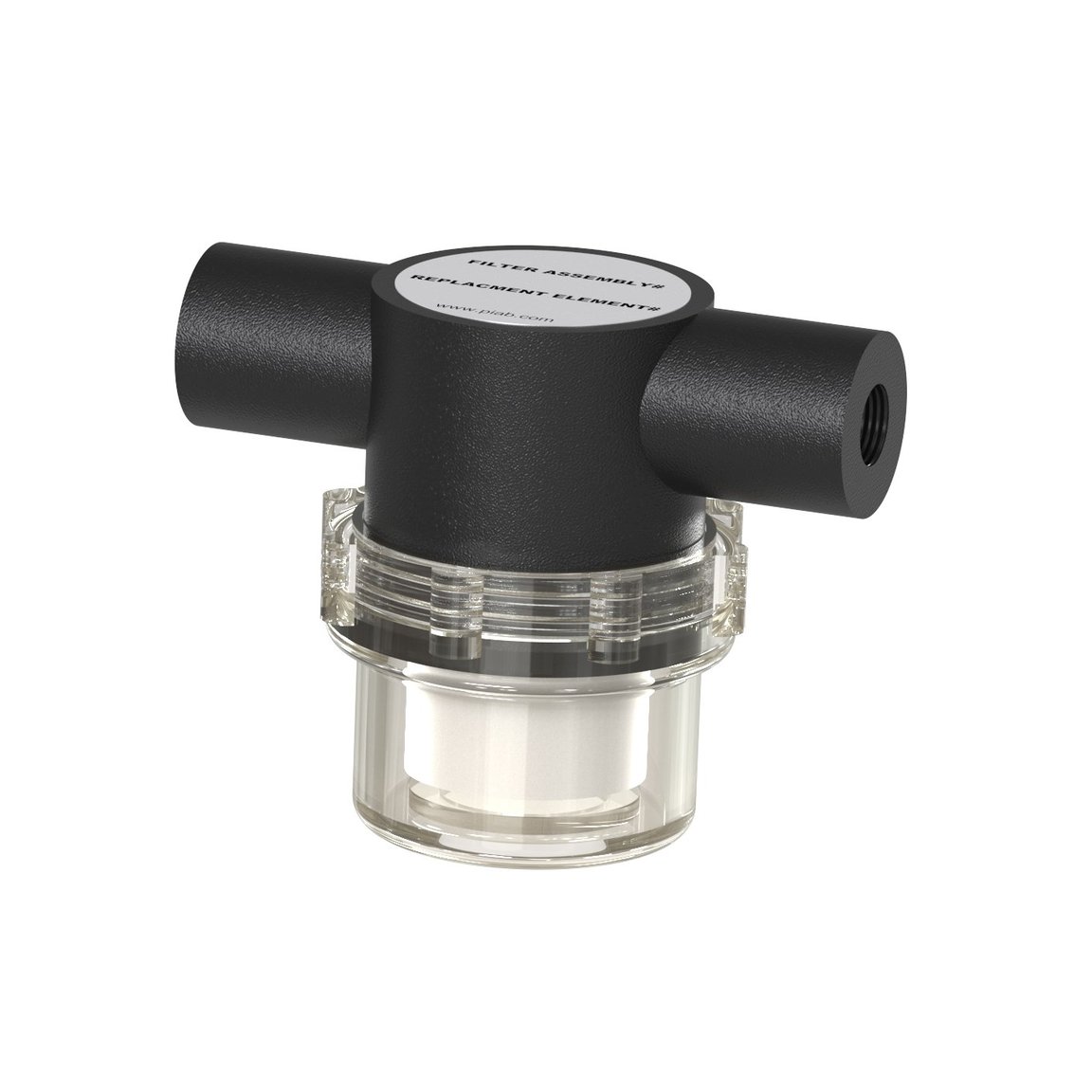 0128408
0128408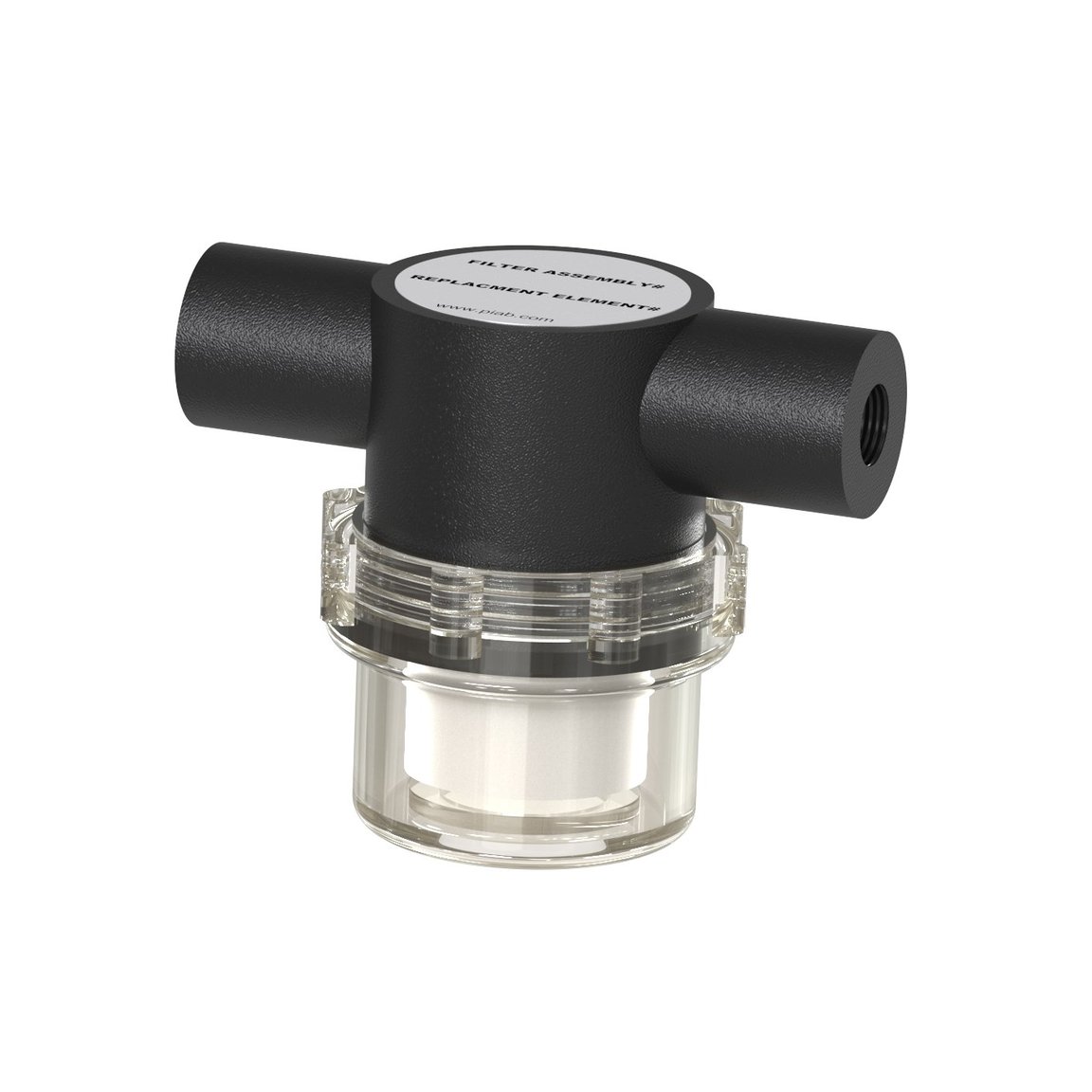 0128409
0128409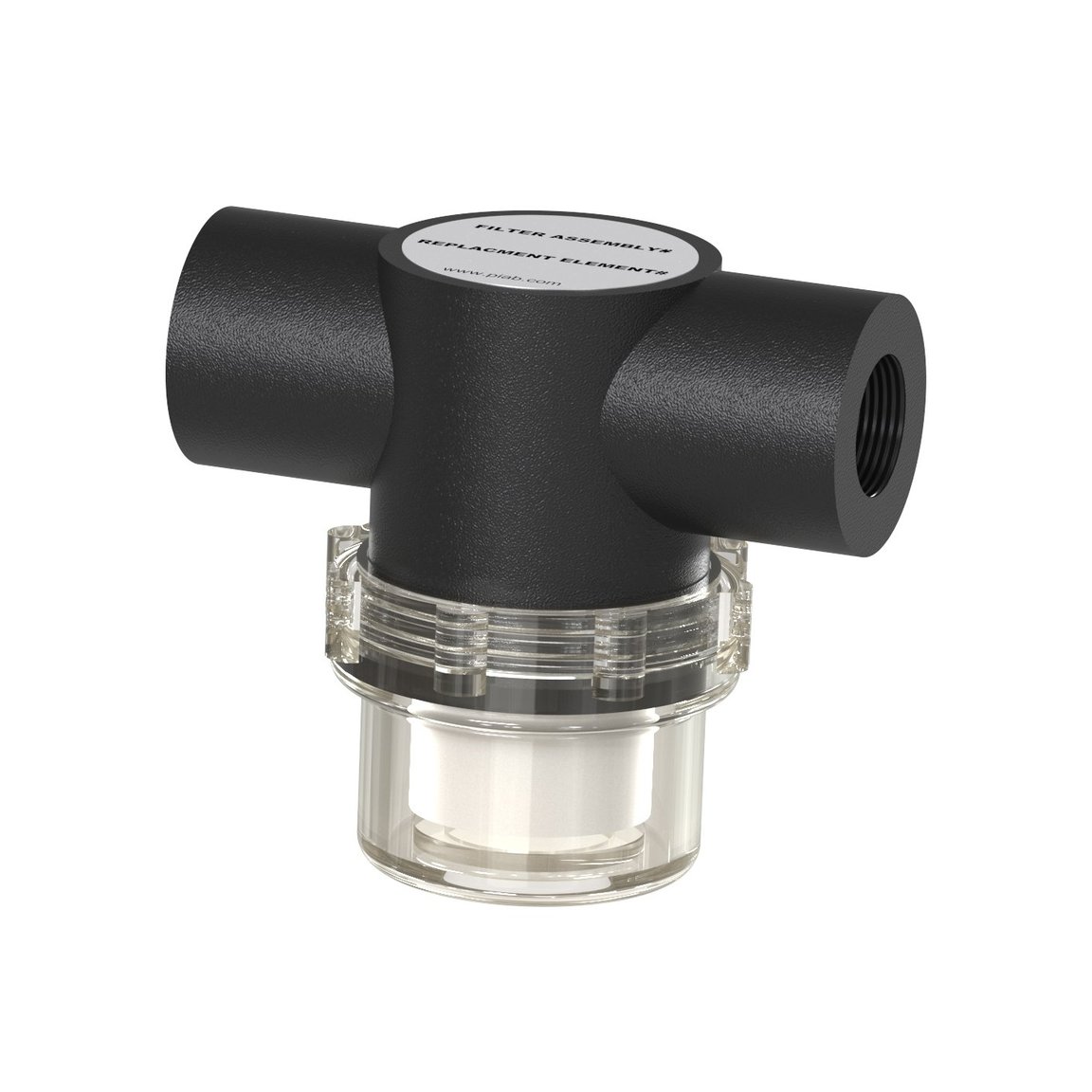 0128410
0128410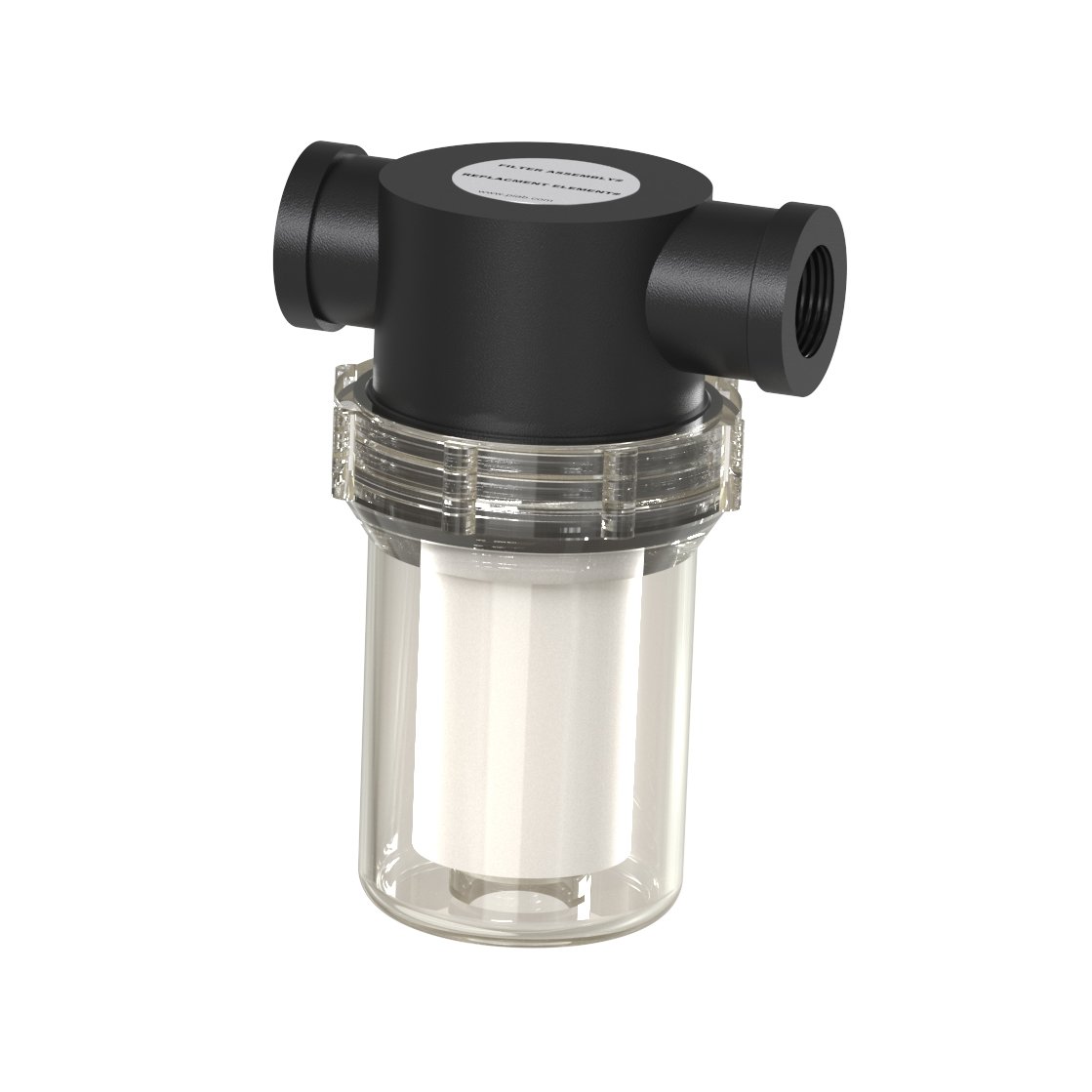 0128413
0128413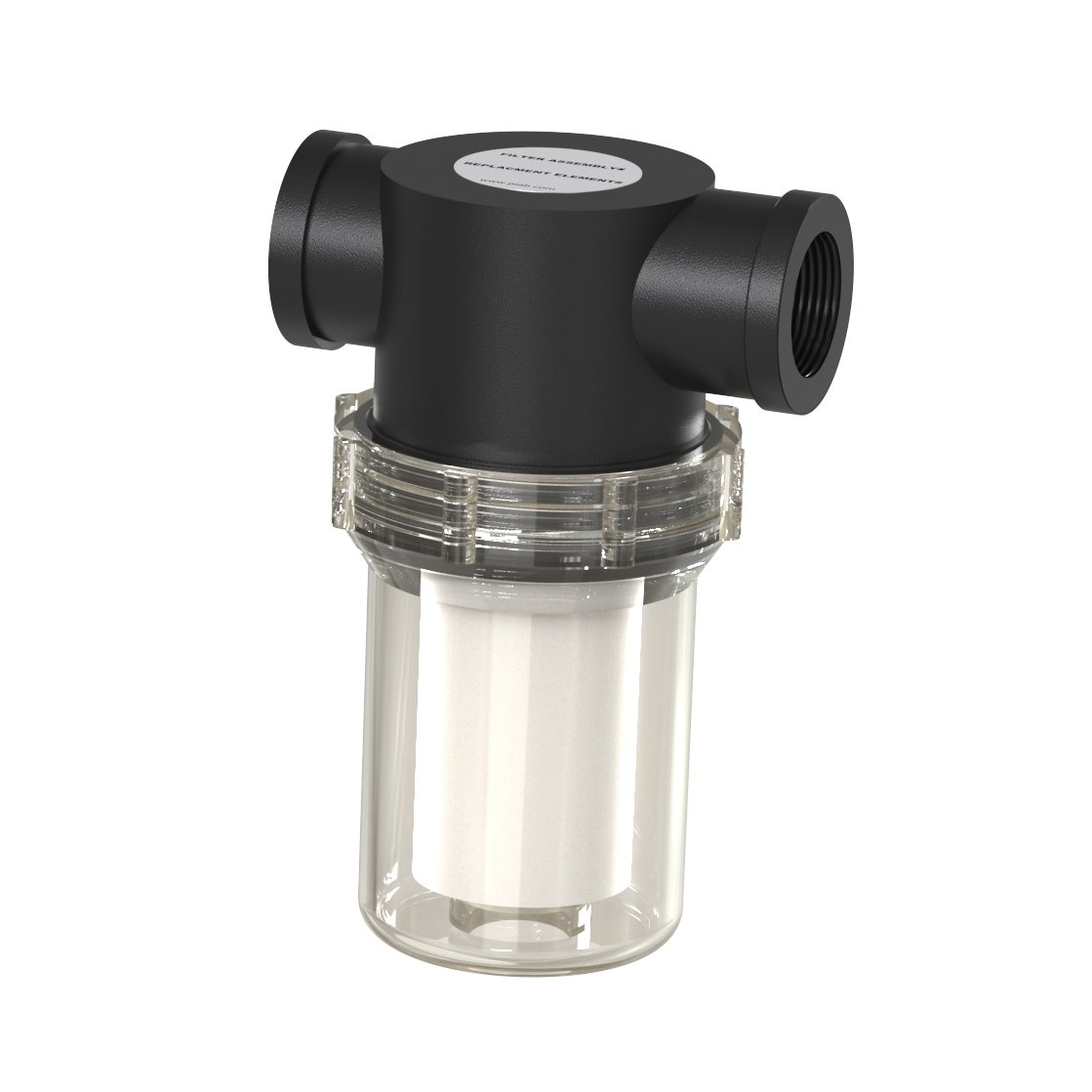 0128415
0128415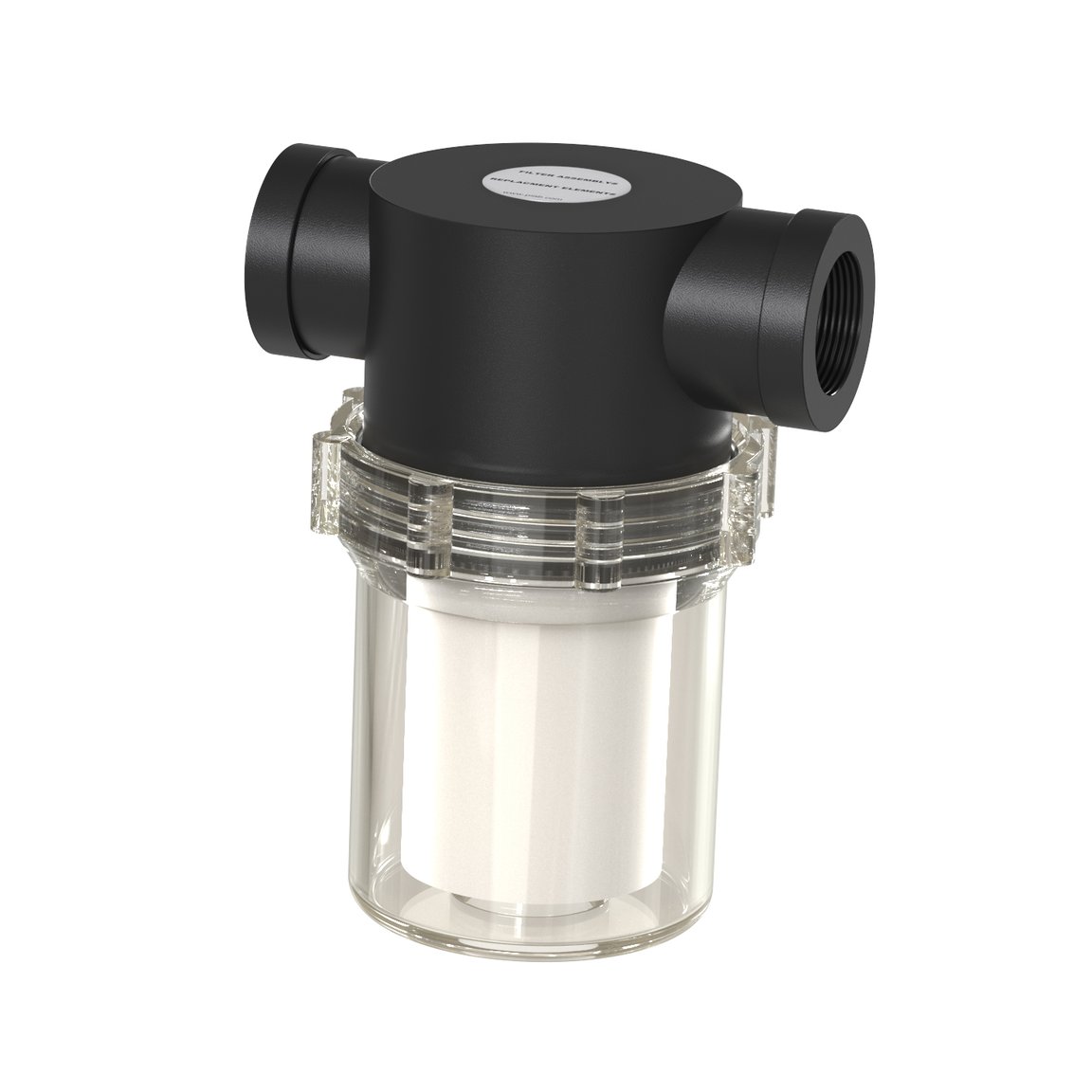 0128418
0128418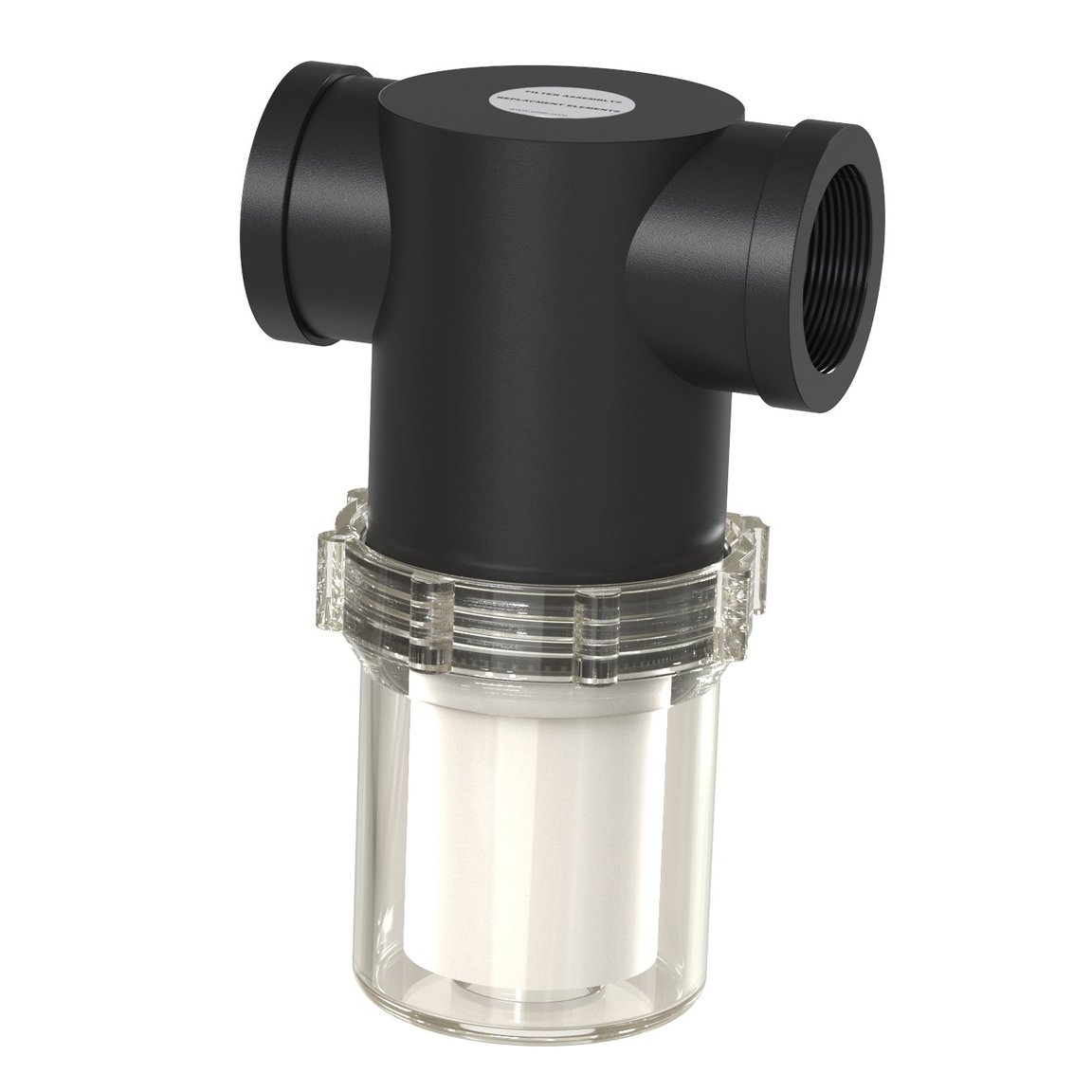 0128419
0128419
Características
- To filter dust and other small particles from the vacuum flow.
- Reduces the risk of operation breakdown or stoppage in the pump.
- Replaceable filter element.
- Available with special filter element with increased filter area